You have just sold three bowls and a wine bottle stopper. Having wrapped each item carefully you are now looking at a blank sales receipt and thinking…
What information do you need to record on your sales? I found this a challenging question and I came up with a few surprising answers.
6 Pieces of Basic information you should record on your Sales Receipt.
1. Date of Sale.
This is the date the customer buys the product and you get paid. Most of your sales transactions will be simple like this.
If you have on-line ordering with payment in advance or if you accept custom orders with a deposit then revenue recognition is a bit harder. Until you have the product and shipped it then you don’t have a sale you have a customer liability. If something goes wrong you will have to pay the money back to your customer. Generally revenue is recognized at the time you ship your product because at that point you are expecting payment from your customer. In accounting terms you would change the liability of customer deposits to revenue from sales. This is an issue only at your year end.
2. Amount of Sale.
This is the price you are charging for your products. Each product you produce should be labeled with a price. This helps you to be consistent and prevents a mind block when the customer asks, “How much is this stunning walnut bowl?”
You also have to track any taxes that are required as well. To keep your records simple (and sometimes to comply with the tax law) calculate the taxes and add them to the product price on your sales receipt. So for me selling a $ 10.00 item there would be 5% GST ( $ 0.50) and 7% PST ($ 0.70) for a total of $ 1.20 in taxes. In Canada if you are selling under $ 30,000 in a year, then you do not have to charge GST or HST. Your local accountant or fellow vendor would be able to give you advice on what taxes are normally required.
3. What items were sold.
This is where you get to make a judgement call. If you just put down the total amount purchased on your sales receipt then you will be recording your revenue. However you may want to track what items you have sold. Granted you can count your inventory when the show is over but you can also track your sales over time to see which products are selling better or worse than others. This will help you plan your production work to build up your inventory again.
If you are selling high end products then each item could have its own number and you would record that on the sales receipt when sold. This helps you know that the bowl or other item is now sold and no longer available for sale. This is especially important if you are also selling on-line as well as in person.
4. Who Bought the products.
What actually might be more important is where did you sell the product. Record the name of the event (Christmas Craft Fair) or place (Studio) that the sale takes place at.
When I first recorded sales receipts I thought it was the person that bought the product that had to be listed. I very carefully entered names for each purchase and very quickly had a huge list of customer names and not much else. Not only that but very few of these customers bought more than once.
Later when I was interested in how much I had sold at the Rock Creek Fair, I had to work to get the information. By entering the dates of the fair I could approximate the sales. Why approximate? Because sometimes you had sales at a different venue that happened at the same time. So I started entering the event as the customers name. Then all I had to do was look at the “customers” history and I could quickly see how sales at each event were progressing and how it was changing year by year.
5. What sales number to use?
Most printed sales books come with slips that are numbered sequentially. My first set was 1 to 50 in each book. I had to put my own sequence on the sales receipt as most accounting programs prevent a duplicate sales receipt from being entered. You could start from 1 each year or just start counting and go on from there.
6. Method of payment.
Recording cash, cheque or credit card on your sales receipt can help you reconcile your sales and your cash balance at the end of the day. It gives you an idea of how your customers like to pay for your products.
Initially I thought that a credit card machine would be a lot of work and bother and also not really needed at a craft fair or farmer’s market. I was wrong. It enabled larger purchases to be made and it facilitated business at the craft fairs. Frequently people would come to the fair with just so much “cash” to spend. When I mentioned that I could take a credit card they would get excited because then they would have more “cash” to spend somewhere else. That benefited everybody.
Since I had to do the credit card transaction back at home I always recorded the name and phone number of the customer just in case I had trouble reading the numbers. This helped solve one problem where the card given to me was not authorized for my type of business. The customer was more than willing to give me an alternate card that worked.
How to use the information collected on your Sales Receipt.
Using your financial data can be as simple or as complex as you would like. The key here is to capture the information you need at the time that the sale is made. It is really hard to remember once the event is over. The sales receipt is the source document and the information from the receipt can be readily entered into a spreadsheet or an accounting software package depending on your preference.

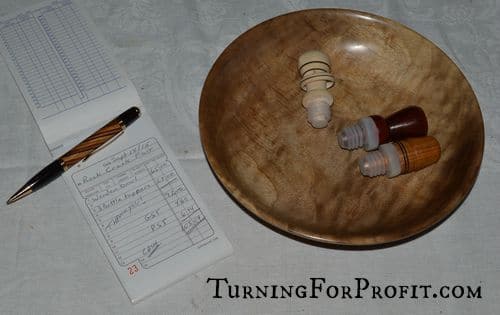

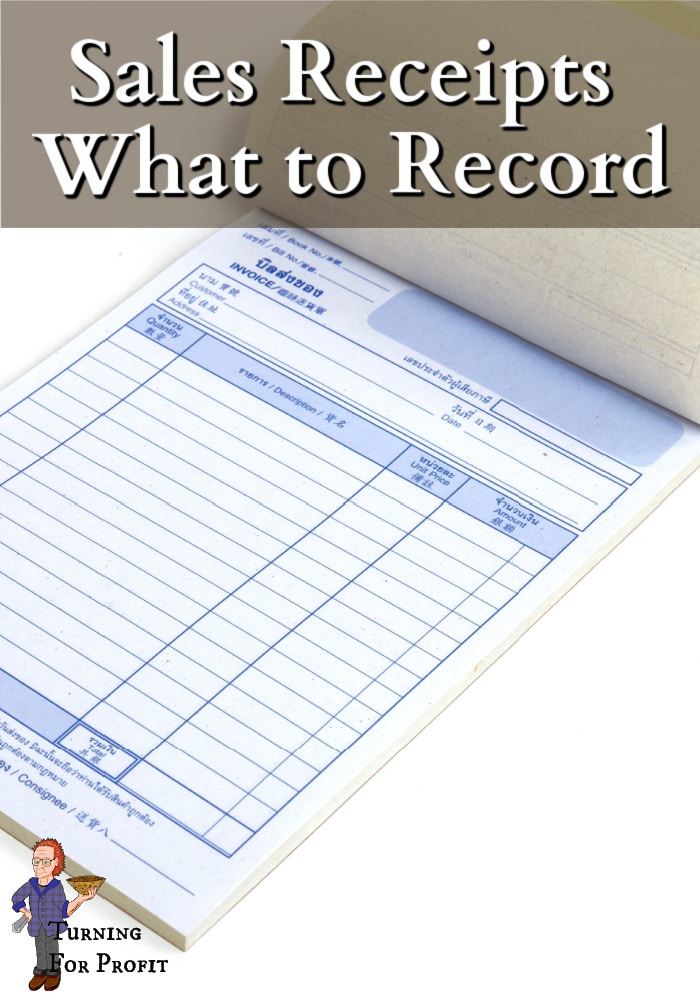
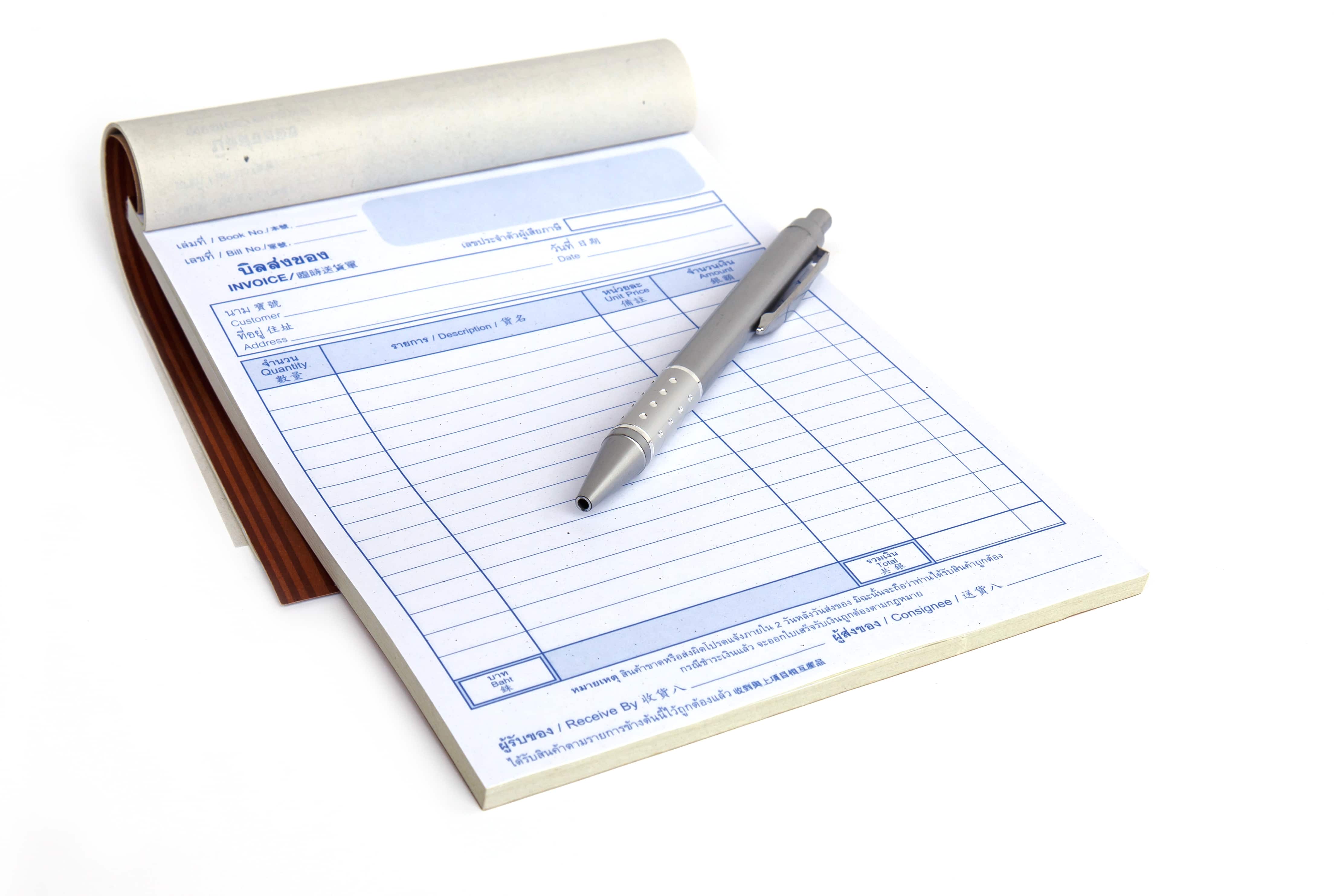
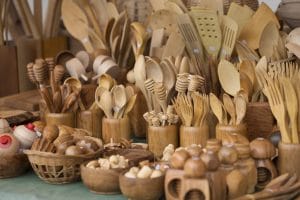

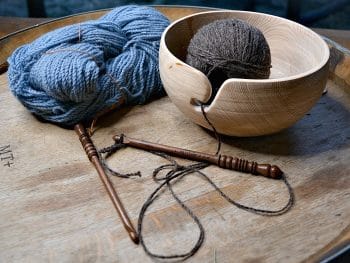
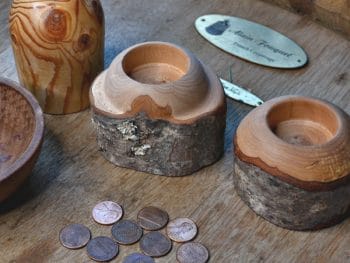
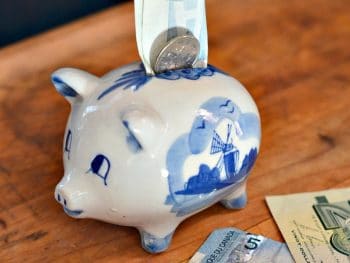
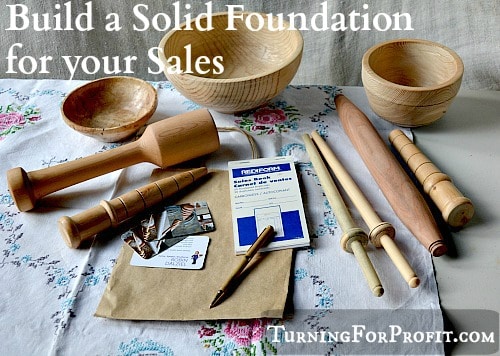

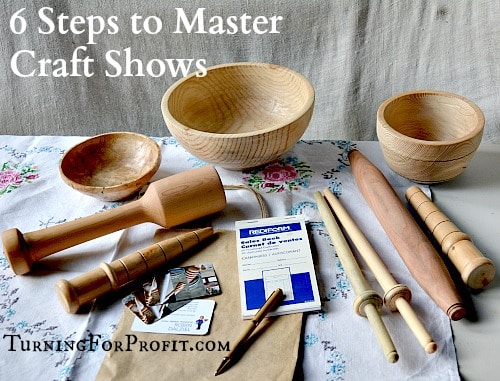
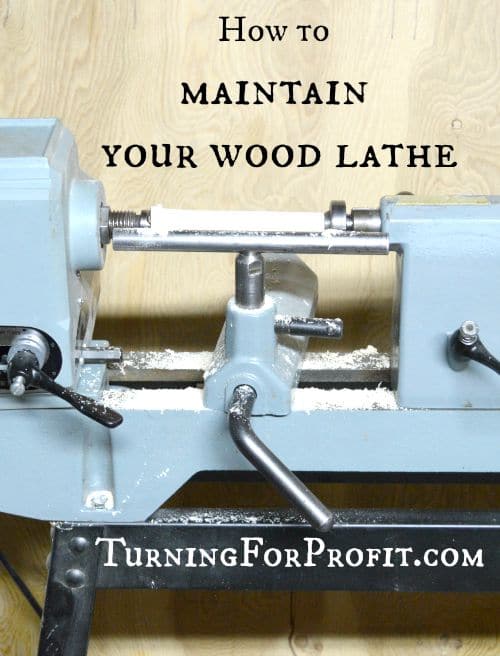
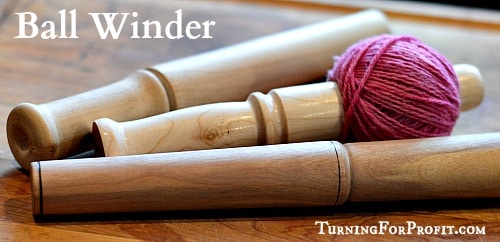



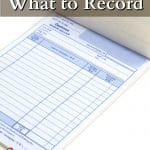
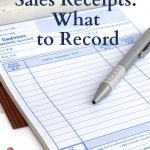
[…] This is more than just for your accountant. People like to know what wood you turned and the story behind it (if there is one). You can number your turnings and keep notes on each if you are doing bigger projects like salad bowls. If you are turning small objects then write the information on a tag when you turn the item (I’m still working on this one!) and attach the tag to the product. People like to know what they are buying and you have more information to help them out. […]